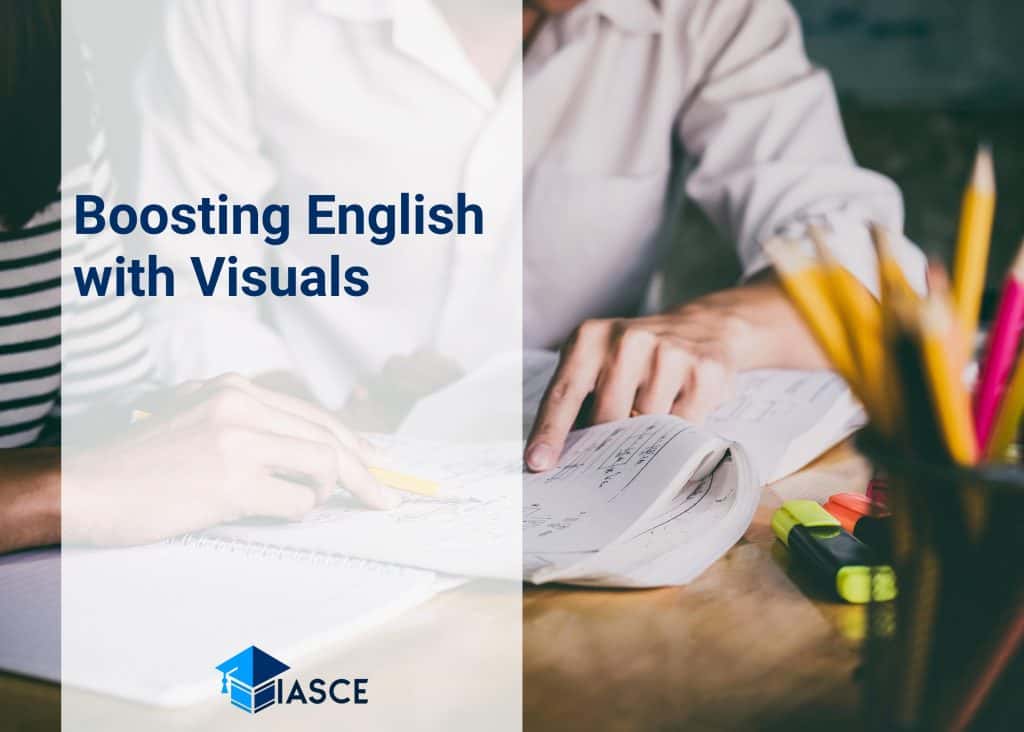Struggling with English vocabulary? You’re not alone. Learning any new language can seem daunting, especially when it comes to memorizing a vast array of words and their meanings. I’m here to offer you an innovative approach: a pictorial guide that makes enhancing your English vocabulary both fun and effective.
We often associate learning with laborious reading and repetition, but it doesn’t have to be that way. By associating images with words, we tap into the brain’s natural ability for visual recall – a method proven by cognitive scientists to be more efficient than rote learning. This article is designed to help you leverage this technique in your journey towards mastering English vocabulary.
So get ready! You’re about to embark on a colorful exploration of the English language unlike anything you’ve experienced before.
Harnessing the Power of Pictures in Vocabulary Enhancement
Let’s delve into how pictures can be a powerful tool for enhancing your English vocabulary. Visual aids play a crucial role in learning new words, and I’m here to guide you through it.
Many studies have proven that our brains process images faster than text. It’s not surprising then, that when we associate a word with an image, we’re more likely to remember it. By pairing new vocabulary with relevant pictures, you’re essentially giving your brain a “hook” to hang onto.
To illustrate this point, let’s use the word “serene” as an example:
| Word | Image |
|---|---|
| Serene |
By associating the word “serene” with an image of a peaceful lake, it becomes easier for us to recall the meaning of the word later on.
But don’t just take my word for it! Try incorporating pictorial cues into your own vocabulary practice. Here are some strategies:
- Flashcards: On one side write down the new word, and on the other draw or paste a relevant picture.
- Mind maps: Start with your target vocabulary in the center and branch out with related images or symbols.
- Comic strips: Tell a story using fresh words; this forces you to understand how they fit within different contexts.
Remember, language acquisition is about making connections – between sounds and meanings, between words and their grammatical roles or even between old knowledge and new information. And what better way to forge these links than by harnessing the power of pictures? So grab those colored pencils or fire up that Google Images search – your enhanced vocabulary awaits!
One last tip before I go: Be patient with yourself. Learning takes time but stick at it – every little bit helps!
Benefits and Techniques of Visual Learning for English Vocabulary
Let’s dive right into how visual learning can play a crucial role in enhancing your English vocabulary. The first thing to note is that it caters to our inherent nature as humans—we’re predominantly visual creatures. Research shows that 65% of us are visual learners, able to absorb and process information more efficiently through images rather than text.
Visual learning techniques, such as pictorial guides, infographics, or flashcards, help associate words with images. This strategy makes retaining new vocabulary less daunting and more enjoyable. For instance, if you’re trying to remember the word “apple”, associating it with an image of an apple can significantly improve recall.
| Word | Image Association |
|---|---|
| Apple | Picture of an apple |
The benefits don’t stop there! By associating images with words:
- You enhance memory retention
- You accelerate learning speed
- You maintain interest and focus
Now, let’s talk about some practical techniques for employing visual learning in your English vocabulary journey.
- Flashcards: These are extremely handy tools for memorizing new words. On one side write the word and on the other draw or paste a relevant image.
- Mind Maps: This technique connects related words visually using branches from a main concept or theme—perfect for remembering synonyms or antonyms!
- Graphic Organizers: Use these tools to visually structure information like cause-effect relationships between words.
- Pictorial Dictionaries: These provide images alongside definitions making them excellent resources for broadening vocabulary while taking advantage of visual cues.
Incorporating these approaches into your study routine will not only make learning new English vocabulary fun but also incredibly effective!
Concluding Thoughts on Pictorial Approach to Vocabulary Boost
I’ve delved into the pictorial approach to vocabulary enhancement, and I must say, it’s an impressive tool. It’s not just about pretty pictures; it’s a powerful learning strategy that can make a significant impact. By associating words with images, our brains create robust mental connections. We remember better, understand deeper and learn quicker.
This method is particularly beneficial for visual learners – those of us who absorb information better when it’s presented visually. But let’s be clear: this isn’t exclusive to any one type of learner. Even if you’re more inclined towards auditory or kinesthetic learning styles, incorporating visuals into your vocabulary-building routine could still work wonders.
It’s also worth noting that this approach keeps boredom at bay. Let’s face it—memorizing word lists can get dull real quick. But throw in some colorful illustrations and suddenly, studying doesn’t seem so monotonous anymore.
However, don’t forget there are no shortcuts when it comes to expanding your English vocabulary. Yes, pictorial aids can help enormously but they are not a substitute for practice and usage.
- Use new words in sentences
- Write them down
- Read widely and diversely
These practices reinforce what you’ve learned via the pictorial route.
In essence, boosting vocabulary through pictures isn’t just effective—it’s fun too! So next time you stumble upon an unfamiliar English word, why not search for an image that encapsulates its meaning? You might be surprised by how much easier (and enjoyable) your learning becomes.

